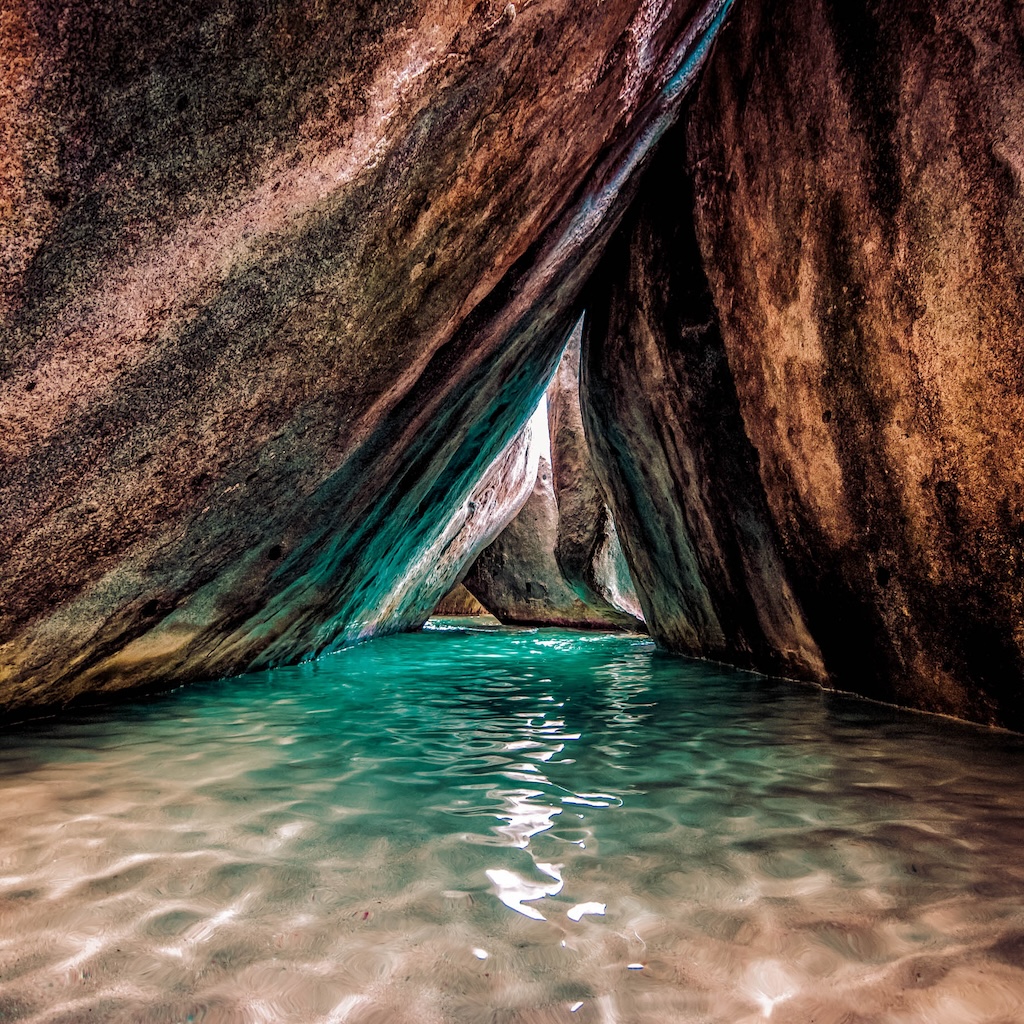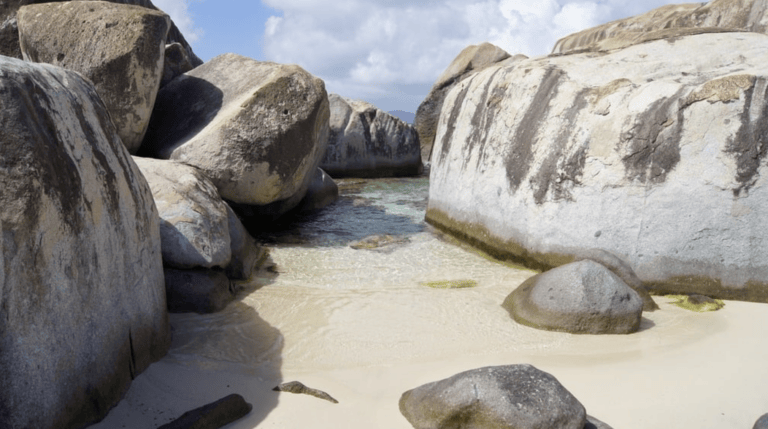Currency
USDVoltage
110VWater
VariableDialing
+1284Arrival by boat Entry formalities
Boat Clearance
Clearance formalities for entry and exit from the islands of the Caribbean are mandatory for all pleasure boats, whether for personal or professional use, arriving or departing by sea. The clearance must be pre-filled online at https://www.sailclear.com/ before proceeding to the customs office. In the BVI, unlike other islands, all crew members must go to the customs office during the entry procedures.
More info at: https://bvi.gov.vg/content/clearing-vessels
Application for Virgin Islands VISA:
Government of the Virgin Islands
Other ressources
Noonsite.com maintains an updated worldwide database of formalities for pleasure crafts. Click here for more details.
Weather & Navigation
Many areas around the islands of the BVI are designated marine parks, with mooring buoys available to protect the coral and reduce anchoring impact. Choose your buoy carefully to avoid getting too close to the reefs, as some are better suited for catamarans. It’s important to check the condition of the mooring before committing, especially after storms. Most mooring fields operate on a first-come, first-served basis, so arriving early in the day helps ensure a secure spot.
Sailing itineraries in BVI
A brief maritime history of the British Virgin Islands
These islands, in the heart of the Caribbean, weren’t always the serene paradise they seem today. The Spanish Empire first laid claim to the islands, but soon the British, Dutch, and French were drawn in by their strategic position.

One of the most famous characters to roam these waters was Blackbeard, the fearsome Edward Teach. He used the Virgin Islands as a hideaway, taking advantage of coral reefs and hidden coves to ambush unsuspecting ships. In fact, Norman Island, named after a privateer, is thought to have been the inspiration behind Robert Louis Stevenson’s Treasure Island. Today, Norman Island is known for its caves, where modern explorers can snorkel or dive, imagining treasures still lurking just beyond reach.
By the 1660s, the British had solidified their hold on the Virgin Islands, but they had their challenges. These islands were far from the big trading hubs, which meant the early settlers had to be tough, farming what they could on rugged land. With the sugarcane boom in the 18th century enslaved Africans were unfortunately also brought here, and the sugar mills started dotting the islands. In places like Cane Garden Bay, the remnants of these sugar estates still stand today.
But for much of their early history, the BVI were somewhat overlooked compared to the nearby Leeward Islands, which had greater agricultural wealth and trade. It wasn’t until the 20th century, with tourism and finance blooming, that the BVI came into their own.





